By Leah Steenson
My daughter, Daviella, has hypohidrotic ectodermal dysplasia (HED). She was born in March of 2017, and from the moment she was born, she didn’t like hats, mittens, socks, etc. She’d wiggle and squirm until she finally got them off.
Other than dry skin and a first winter filled with croup and respiratory infections, everything seemed normal, until she was over a year old and still hadn’t cut any teeth. We were advised to see a dentist when she was 18 months old to try to determine a cause for her lack of teeth. X-rays showed that her only primary teeth were two upper molars in the back of her mouth. The dentist wrote a referral for genetic testing.
The first genetics appointment was six months out. At that appointment, the geneticist told me that she could offer a tentative diagnosis, but nothing firm until the results came back in another 12 weeks. This was the first time I heard the words ectodermal dysplasia.
Finding the Foundation
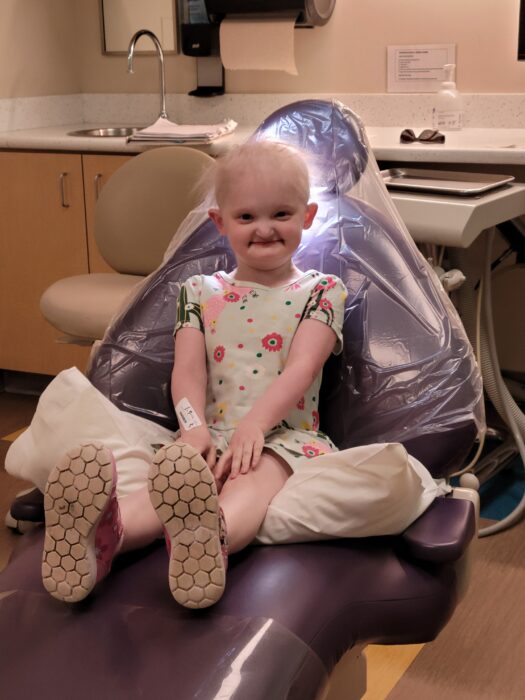
When I went home, I was worried and scared and turned to Google. I spent hours that night reading every piece of information I could find to learn everything I could. Fortunately, it didn’t take long to stumble upon the National Foundation for Ectodermal Dysplasias (NFED) website. I think I read every single word on their website that night and experienced a flood of emotions.
Suddenly, certain things made so much sense. It made sense why she kicked off every sock and shoe, and why every fever she developed spiked dangerously high. She didn’t have functioning sweat glands. I reflected back on times where she grew fussy in the heat and felt guilty that I hadn’t even realized how much she had been at risk.
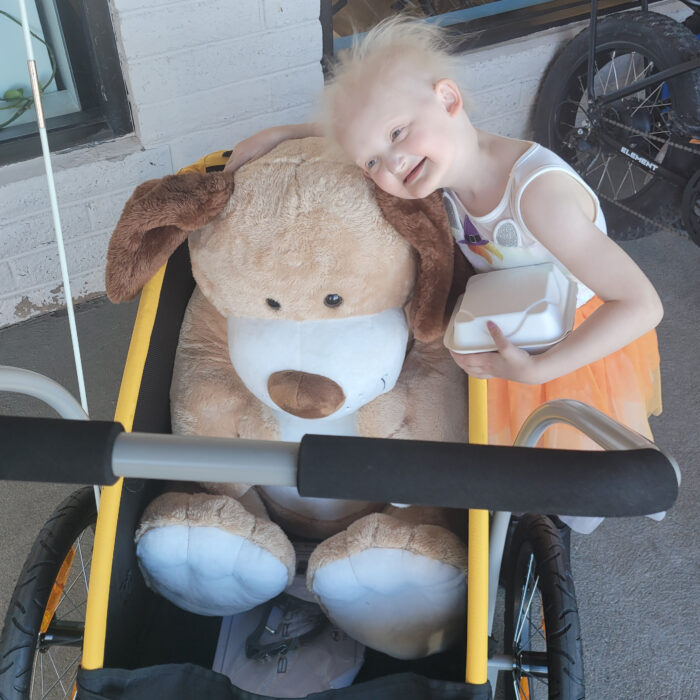
I felt overwhelmed thinking of all the obstacles my then 2-year-old girl may have to face throughout her life. I felt fear that she may eventually be made fun of and fear of many other things.
But, I also remember an overwhelming sense of relief as I learned that cognitive impairment was extremely rare and life expectancy is normal.
And last, I felt grateful for finding the NFED. They not only provided every single piece of information I was ever going to need, but they also had a whole community of support to offer along with it.
Meeting Forever Friends
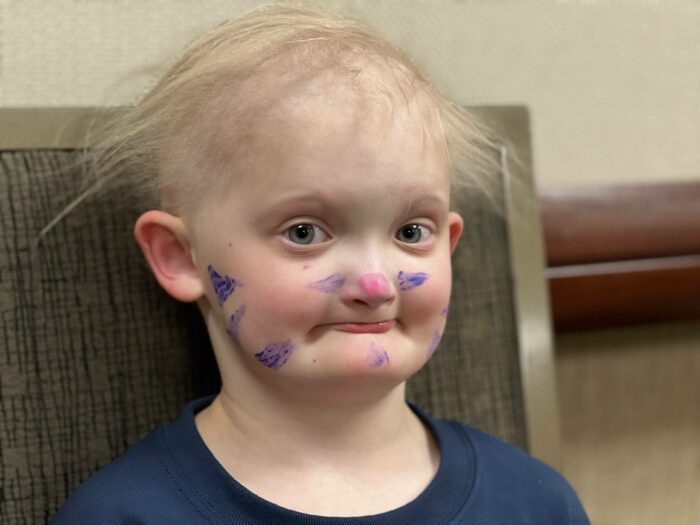
I started teaching Daviella about HED and what it meant. When she was three, she starting asking every person we encountered if they had ectodermal dysplasia, too. We were SO excited to finally meet others like her at an NFED Family Conference planned for Washington D.C. We were super bummed when COVID came along and put a damper on things. Two years later, she finally got to travel to Missouri for the 2022 NFED Family Conference and meet others who are just like her. She cannot wait until she can go back and see her new friends again.
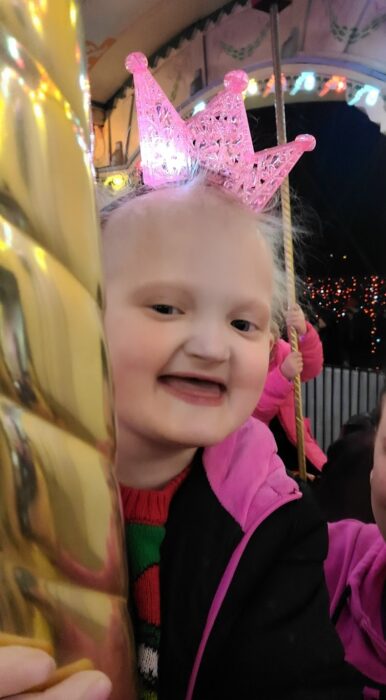
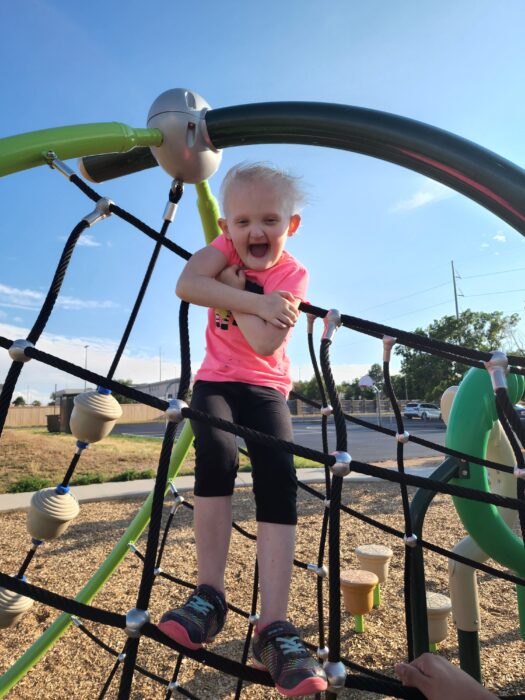
Daviella is now five years old and just started kindergarten. She is bright, outgoing, and happy and is very proud of her four teeth. She especially likes the little pointy one that recently came in down in the front because it looks like a fang.
If someone asks her why she looks different, she will tell them that she has ectodermal dysplasia and explain that it means that she can’t sweat so she gets really hot and that she only has four teeth.
She is independent, strong-willed and not afraid to stand up for herself!
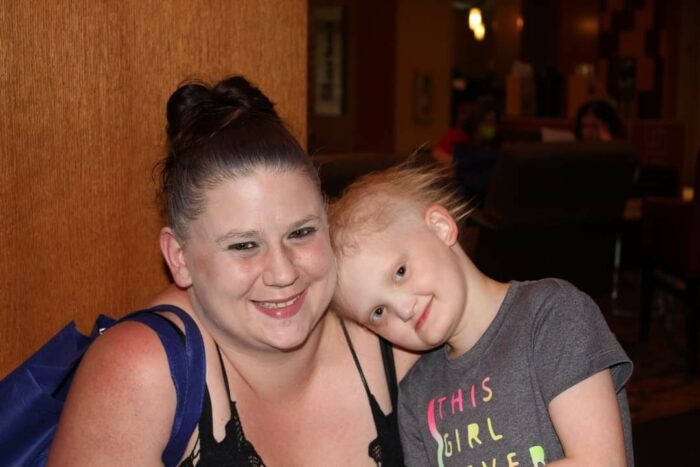
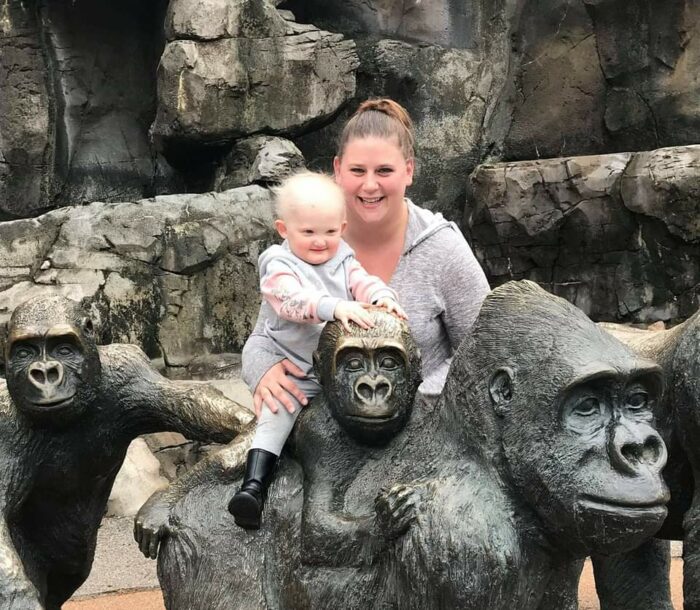
Rehearsing Proper Responses
As a parent, one of my biggest fears is my child being bullied. I met with my daughter’s teacher before school asked if she could read Lionel Learns What Matters Most, the children’s book from the NFED’s website. My friend had suggested this after raising a child with physical differences. She told me that it worked for them because explaining how and why her son was different and allowing children to ask questions was helpful as it helped the children to understand.
She said with children, they often stare or question or make rude comments because they don’t understand. But, if you give them the opportunity to ask their questions, then they have nothing left to question. After reading the story, I felt very relieved. I now had 18 more sets of eyes eager to assist in looking out for signs that my daughter is overheating while they are outside for recess.
Daviella recently had her first experience in a child picking on her in after school care. Unfortunately, she ended up pushing the boy. After it happened, we started working on proper responses to people saying hurtful things. I was proud of her for standing up for herself, but realized I needed to teach her the appropriate responses.
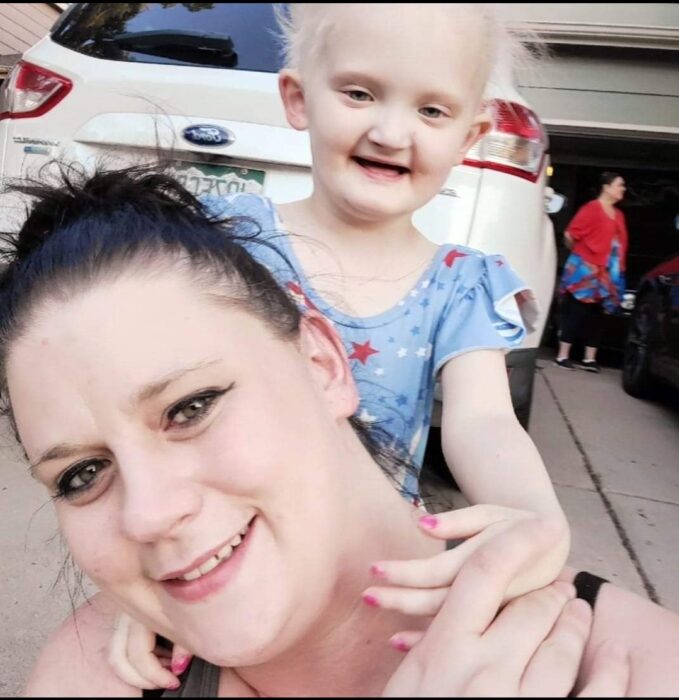
Since it happened, we have spent a lot of time going through different scenarios and the different things that she can say and do in response and when she should just completely ignore the situation and walk away. In the future, I hope that Daviella doesn’t let discouraging words from others break her spirit. I hope that she continues to have the same strong, independent and fearless nature that she currently has.
I want her to understand that she can achieve anything she sets her mind to and I hope that she continues to stand up for herself and others.
Leah Steenson is a guest blogger for the NFED. She and her daughter, Daviella, live in Colorado.
Would you like to share your experience with ectodermal dysplasia on our blog? Send us your story and photos today!
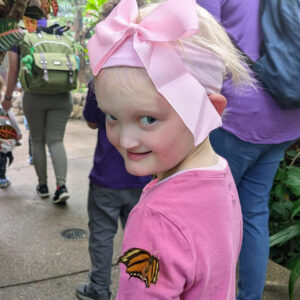
Thank you for sharing your story.
Our almost 4 year old daughter has Clouston Syndrome.